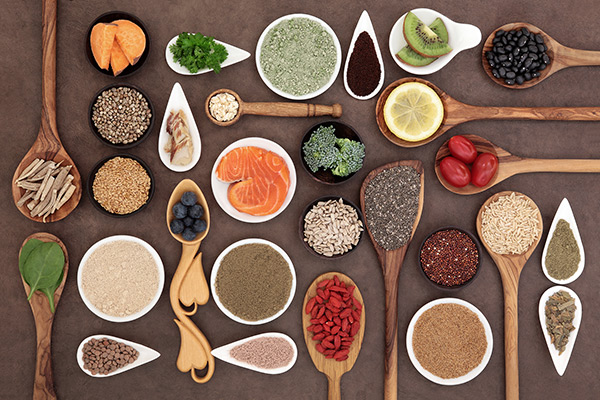One of the areas in which medical cannabis contributes most to quality of life is that of patients with chronic pain.

A study carried out in Spain among a group of women with fibromyalgia shows that cannabis acted on the mental component and symptoms, significantly improving the quality of life of this population.
In another study of patients suffering from chronic pain, where cannabis was used to improve pain in general, although it did not significantly change the score it had a significant effect on improving social, family and emotional status of patients . Nevertheless, the most striking effect was satisfaction with the treatment.
This demonstrates that often cannabis will not act directly on this or that disease, but it indirectly ends up improving the general context of the disease, due to the fact that it improves emotional, psychological and physical patterns. This is one of the reasons why patients seem to prefer cannabis treatment to conventional drugs.
Igor Grant, director of the University of California Medical Cannabis Research Center, founded in 2001, revealed in a recent research that 1 in 8 fibromyalgia patients report using cannabis to control symptoms.
It is important to note that the impact of medical cannabis on quality of life is not limited to the patient’s personal and social well-being; it also helps to improve your adherence to treatment. Another positive impact is its contribution to reducing the amount of prescription drugs, with the enormous benefit of reducing the side effects resulting from these combinations.
Much remains to be learned about the effects of medical cannabis on health-related quality of life. This is a field in which the work has only recently started to be disseminated, and not all studies are fully conclusive.
The good news is that these studies also indicate that medical cannabis is clearly contributing to reducing the use of other drugs. By bringing direct benefits to health as a whole, it allows the disease to be endured with dignity and for treatment to go far beyond symptom control; and that is quality of life.
References:
- Swift W, Gates P, Dillon P. Survey of Australians using cannabis for medical purposes. Harm Reduct J 2005;2:18.
- Ware MA, Adams H, Guy GW. The medicinal use of cannabis in the UK: results of a nationwide survey. Int J Clin Pract 2005;59:291–5.
- https://www.ncbi.nlm.nih.gov/pubmed/21533029
- Whiting PF, Wolff RF, Deshpande S, Di Nisio M, Duffy S, Hernandez AV, Keurentjes JC, Lang S, Misso K, Ryder S, Schmidlkofer S, Westwood M, Kleijnen J. 2015. Cannabinoids for Medicinal Use: A Systematic Review and Meta-analysis. 313(24):2456-73.
- Boehnke KF, Litinas E, Clauw DJ. 2016. Medical Cannabis Use Is Associated With Decreased Opiate Medication Use in a Retrospective Cross-Sectional Survey of Patients With Chronic Pain. J Pain. 17(6):739-44.
- Haroutounian S1, Ratz Y, Ginosar Y, Furmanov K, Saifi F, Meidan R, Davidson E. 2016. The Effect of Medicinal Cannabis on Pain and Quality-of-Life Outcomes in Chronic Pain: A Prospective Open-label Study. Clin J Pain. 32(12):1036-1043.
- Já foram publicados numerosos estudos baseados em pesquisas que mostram uma redução no uso de medicamentos entre usuários de cannabis que utilizam dispensários americanos e canadenses. Por exemplo: Reinarman C, Nunberg H, Lanthier F, Heddleston T. 2011. Who are medical marijuana patients? Population characteristics from nine California assessment clinics. J Psychoactive Drugs. 43(2):128-35.


